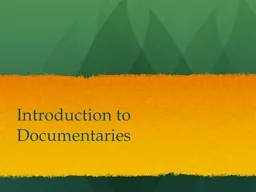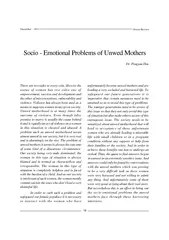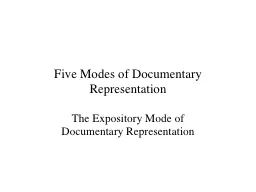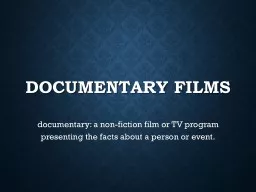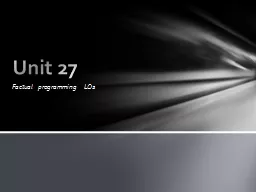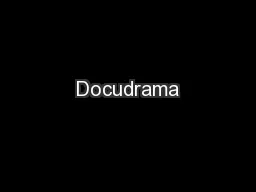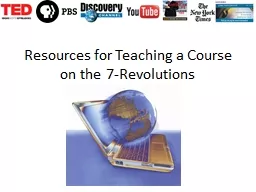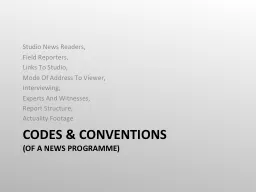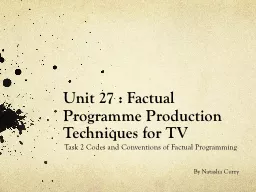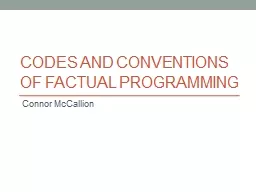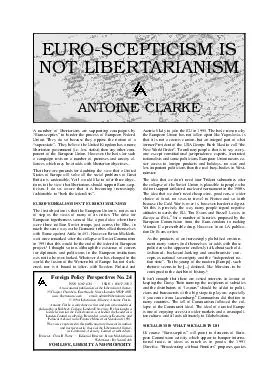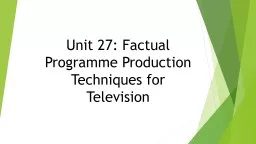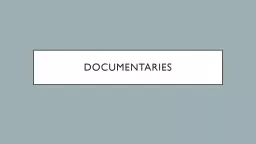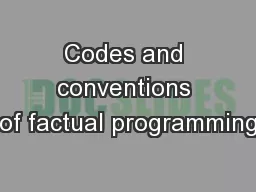PPT-Introduction to Documentaries
Author : briana-ranney | Published Date : 2018-03-23
Documentaries t ake us where we often do not cannot or even do not want to go they present the lives of people or subjects with whom we may have little in common
Presentation Embed Code
Download Presentation
Download Presentation The PPT/PDF document "Introduction to Documentaries" is the property of its rightful owner. Permission is granted to download and print the materials on this website for personal, non-commercial use only, and to display it on your personal computer provided you do not modify the materials and that you retain all copyright notices contained in the materials. By downloading content from our website, you accept the terms of this agreement.
Introduction to Documentaries: Transcript
Download Rules Of Document
"Introduction to Documentaries"The content belongs to its owner. You may download and print it for personal use, without modification, and keep all copyright notices. By downloading, you agree to these terms.
Related Documents

